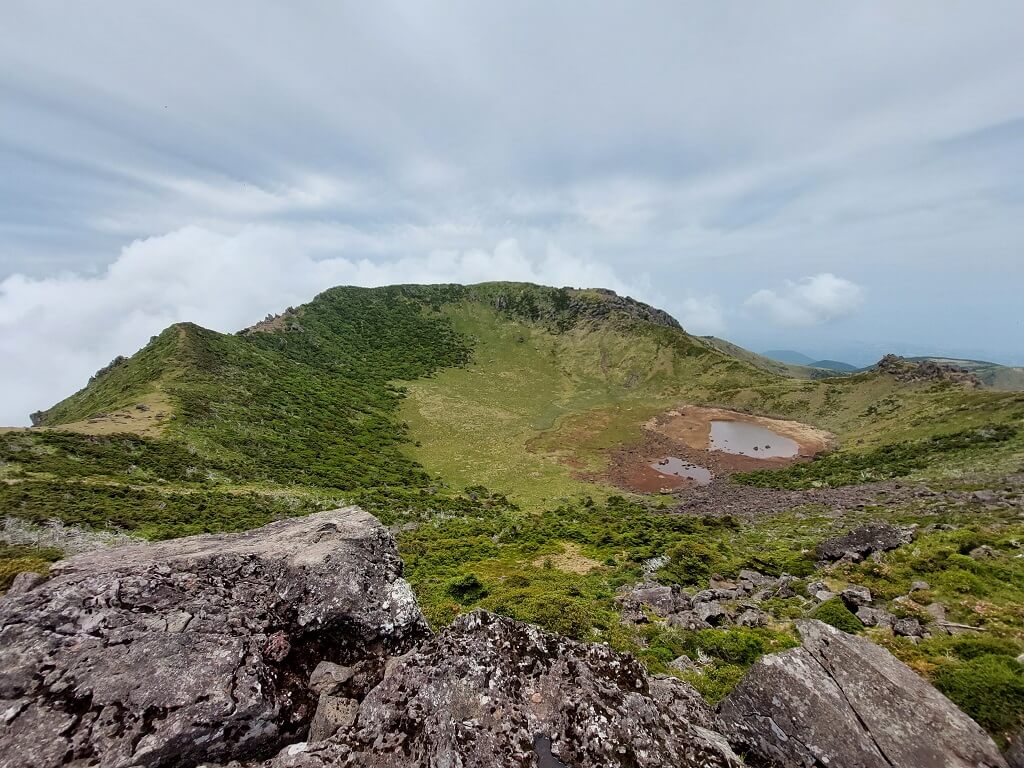
Welcome to South Korea, a country of rich culture and diverse landscapes, offers a captivating experience for travelers. If you’re planning a trip to this country, here are some essential tips to make your journey unforgettable:
- 1. Power Plug & Voltage
- 2. Navigating Public Transport with T-money
- 3. Staying Connected: SIM Card Options in Korea
- 4. Budgeting for Meals in South Korea
- 5. Overcoming Language Barriers in Korea
- 6. Optimizing Payments in Korea
- 7. Picking the Perfect Time to Visit Korea
- 8. Scaling Stairs in South Korea
- 9. Korea’s Hidden Gems: Where to Shop for Bargains
- 10. Check Out My Detailed South Korea Itinerary!
1. Power Plug & Voltage
Before you jet off, ensure you have the right power plug adapters for South Korea’s 220-volt electrical outlets. South Korea primarily uses Type C and Type F plugs as shown below, so check your devices and bring appropriate adapters.
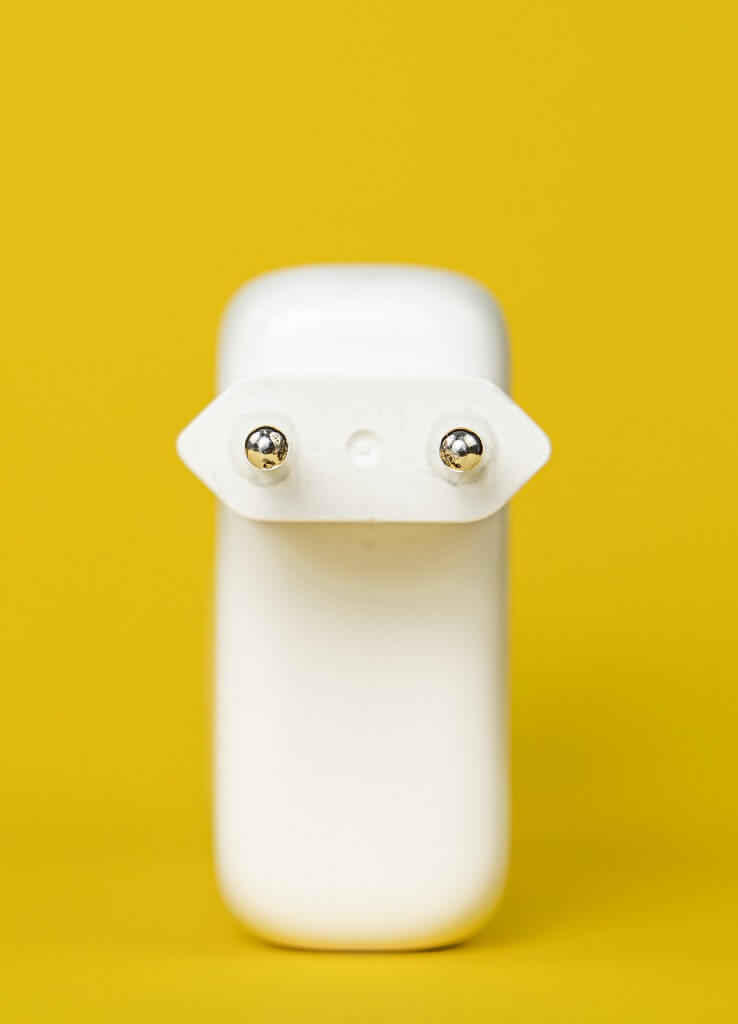
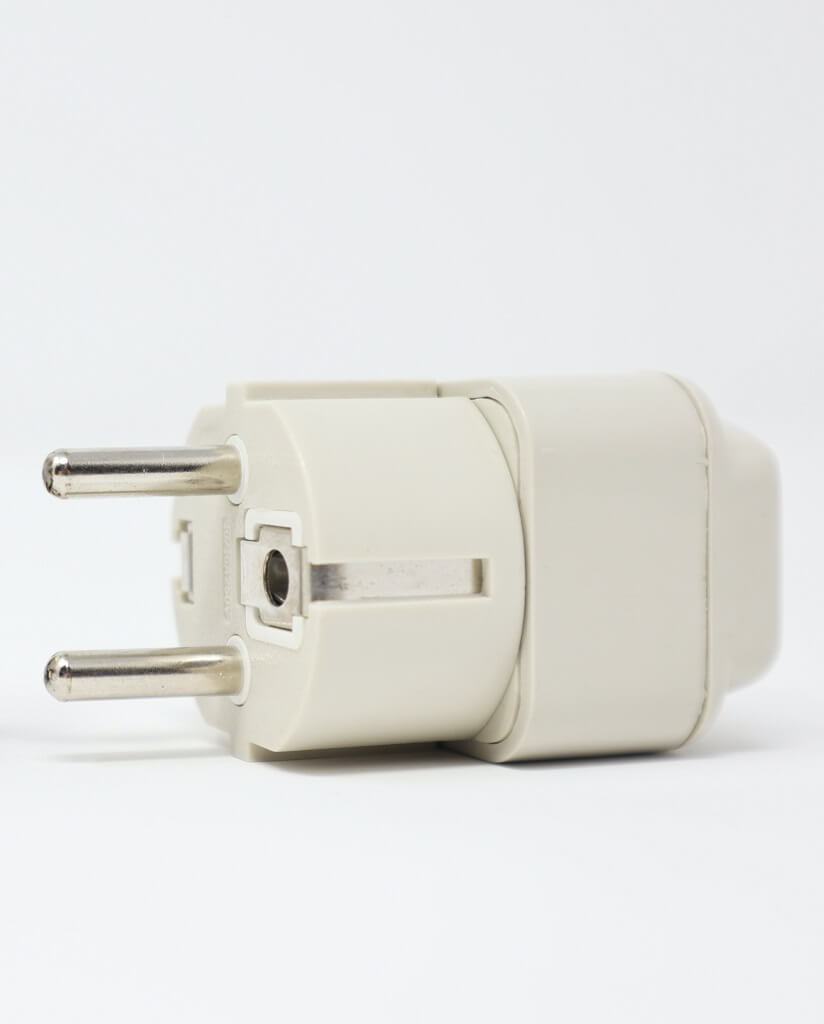
2. Navigating Public Transport with T-money
The T-money card is an essential tool for convenient public transportation in South Korea. It’s not limited to buses; you can also use it for airport buses. However, keep in mind that for high-speed rail services like KTX and ITX trains, you’ll need separate tickets. To recharge your T-money card, you’ll need cash, which can be done at subway ticket vending machines or any convenience store.
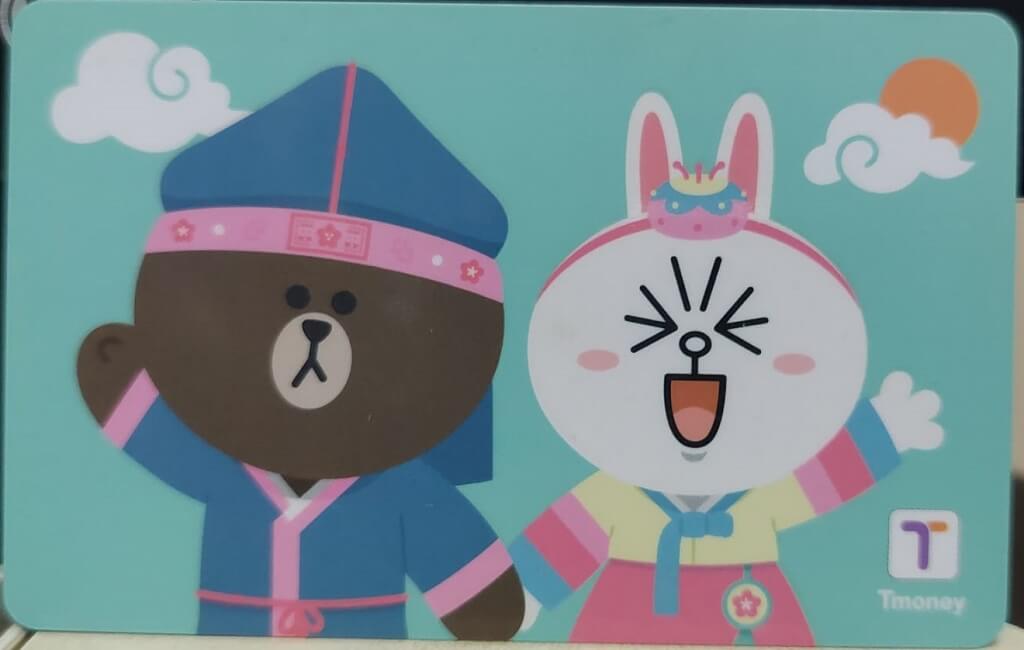
3. Staying Connected: SIM Card Options in Korea
In South Korea, major mobile service providers like SK, LG, and KT offer prepaid SIM cards, but they might not be the most budget-friendly option. Consider looking into alternatives like Woori Mobile Service for a more cost-effective choice. I really like their prompt customer service in English via Facebook. Do visit their page for registration details because they have airport pick-up service for the SIM card too.
4. Budgeting for Meals in South Korea
Unfortunately, food costs in Korea tend to be relatively higher compared to some other Asian countries. Finding cheap eats can be a challenge, as even a simple meal can cost around 12,000 KRW. If you opt for a typical Korean BBQ experience, expect to pay around 15,000 KRW for just 150g of pork meat, which may be on the smaller side. Be prepared to rely on translation apps, especially since many restaurants have menus available only in Korean. Additionally, don’t forget to look up, as many restaurants are situated on upper floors. While groceries aren’t exactly budget-friendly in major stores like Lotte Mart and E-Mart, you can find slightly better deals at No Brand supermarket. For the most affordable groceries, head to local markets – our favorite spots are located at Cheongnyangni and Daerim.
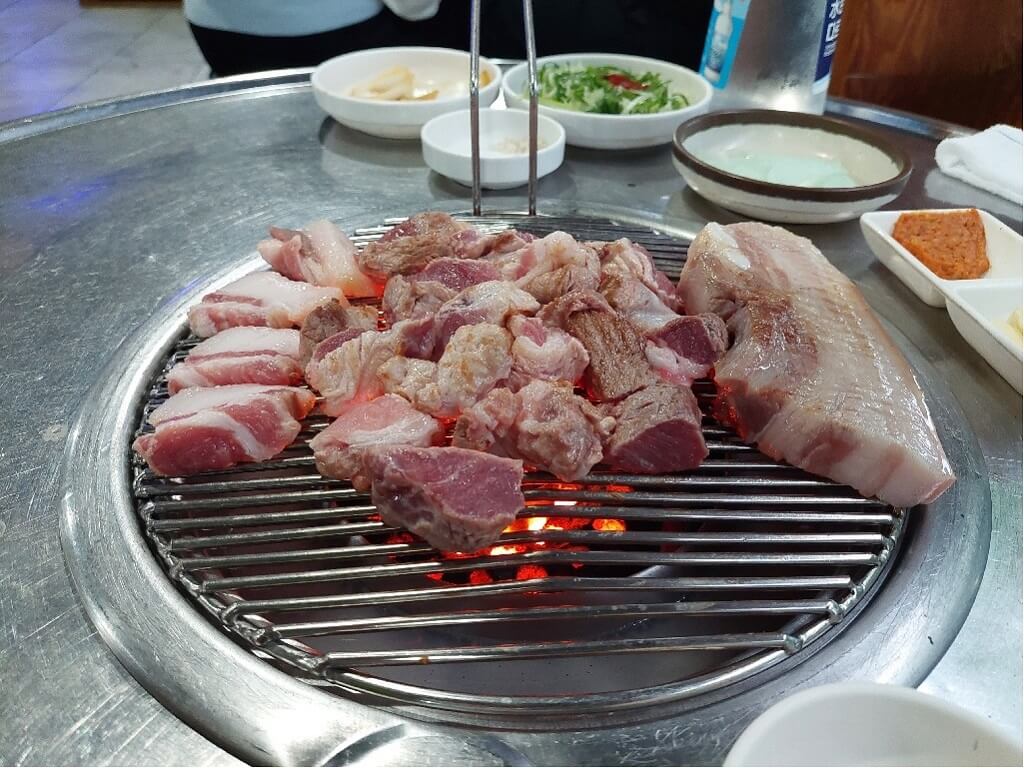
5. Overcoming Language Barriers in Korea
One of the challenges you might encounter in Korea is the limited proficiency in English among the locals. To navigate daily activities, you’ll find translation apps to be invaluable, with the photographic translation function proving particularly useful. Thankfully, most Koreans, especially the younger generation, are friendly and willing to assist.
6. Optimizing Payments in Korea
For a seamless financial experience in Korea, consider using a card equipped with an EMV chip. After comparing various multi-currency wallets, I recommend Revolut for its favorable exchange rates, feel free to use my referral link here. The only instances where you’ll need cash are typically at local markets or when topping up your T-money transport card.
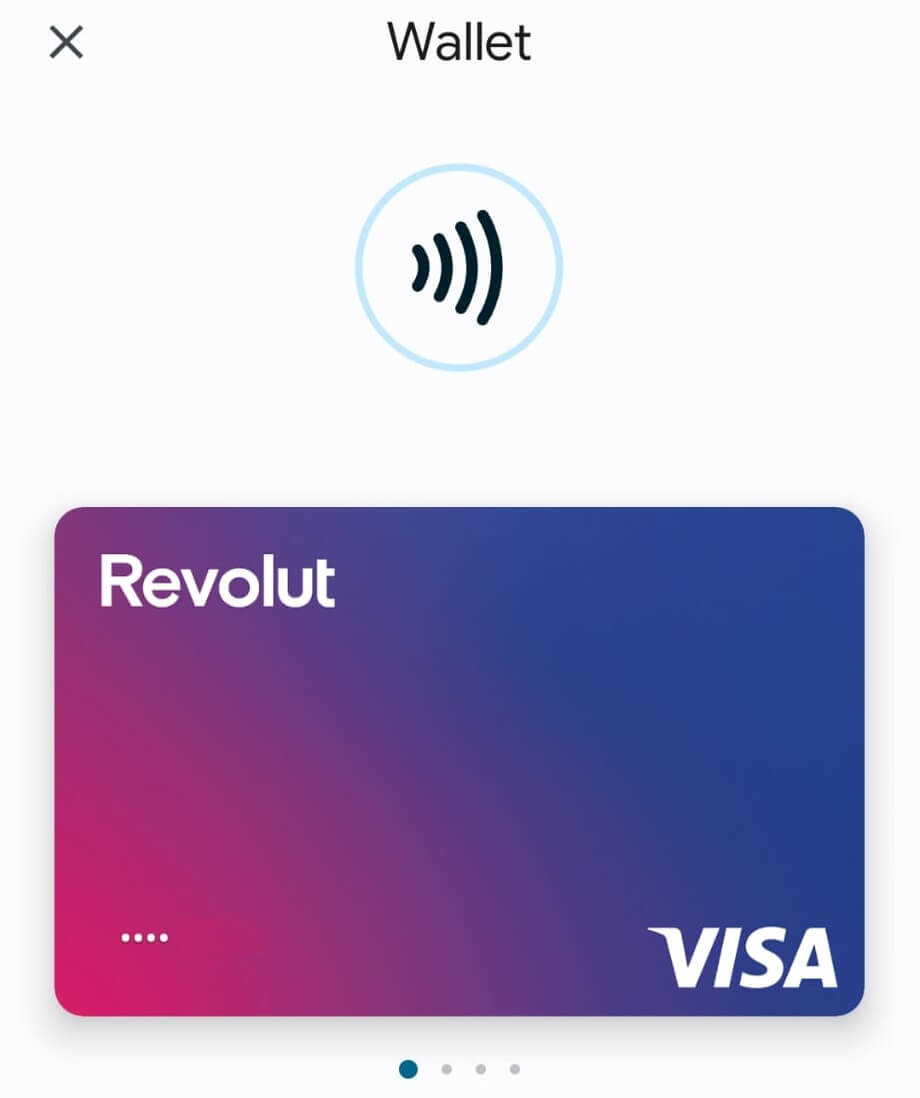
7. Picking the Perfect Time to Visit Korea
I’d recommend avoiding two particular seasons for your trip to Korea: summer and winter. Summers can be quite hot, with temperatures exceeding 30 degrees Celsius and increased humidity. July and August may also bring extended periods of rain, which can disrupt your plans, especially since many tourist spots lack sufficient shelter. Additionally, low-lying areas in Korea are susceptible to flooding. As for winter, January and February can be quite chilly, with temperatures dropping as low as -15 degrees Celsius. If you’re keen on experiencing winter in Asia, I’d suggest considering Hokkaido instead – you can refer to our detailed itinerary here.
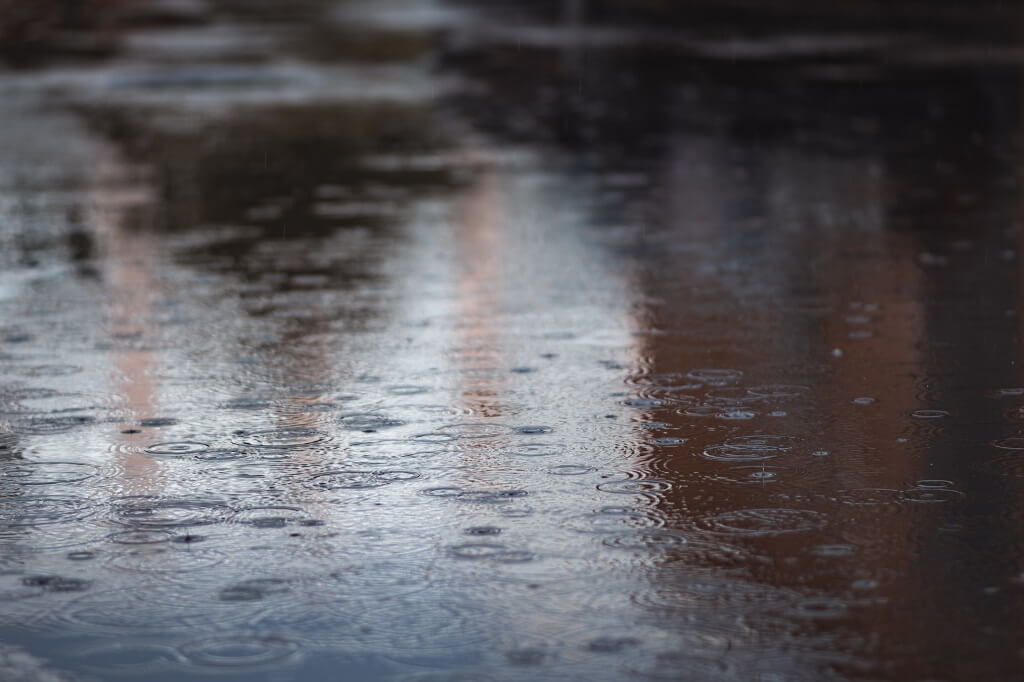
8. Scaling Stairs in South Korea
During your stay in Korea, you’ll likely find yourself climbing a substantial number of stairs. Many subway stations and underground passes, especially in less frequented areas, do not have escalators at every exit. Furthermore, it’s worth noting that most guesthouses lack lifts, so if you’re concerned about carrying your luggage, consider opting for a hotel instead.

9. Korea’s Hidden Gems: Where to Shop for Bargains
Looking for affordable yet quality items? In Korea, you’ll find excellent deals on contact lenses, cosmetics, blankets, clothes, alcohol, and coffee. We stocked up on Acuvue contact lenses here because they were significantly cheaper than our home country. However do visit the shop early because they might take a few days to get your order in. For cosmetics, we find that it is pretty much dominated by Olive Young. Do visit different branches because we realized that promotions may differ. Korea is also well known for high quality one-piece blankets, there are many such stores in Gwangjang Market, they will vacuum pack it for you too. Look out for clothes which are made in Korea, generally they are good quality, cheap and fashionable. For alcohol and coffee lovers, Korea is the place for you because they are relatively cheap and nice.
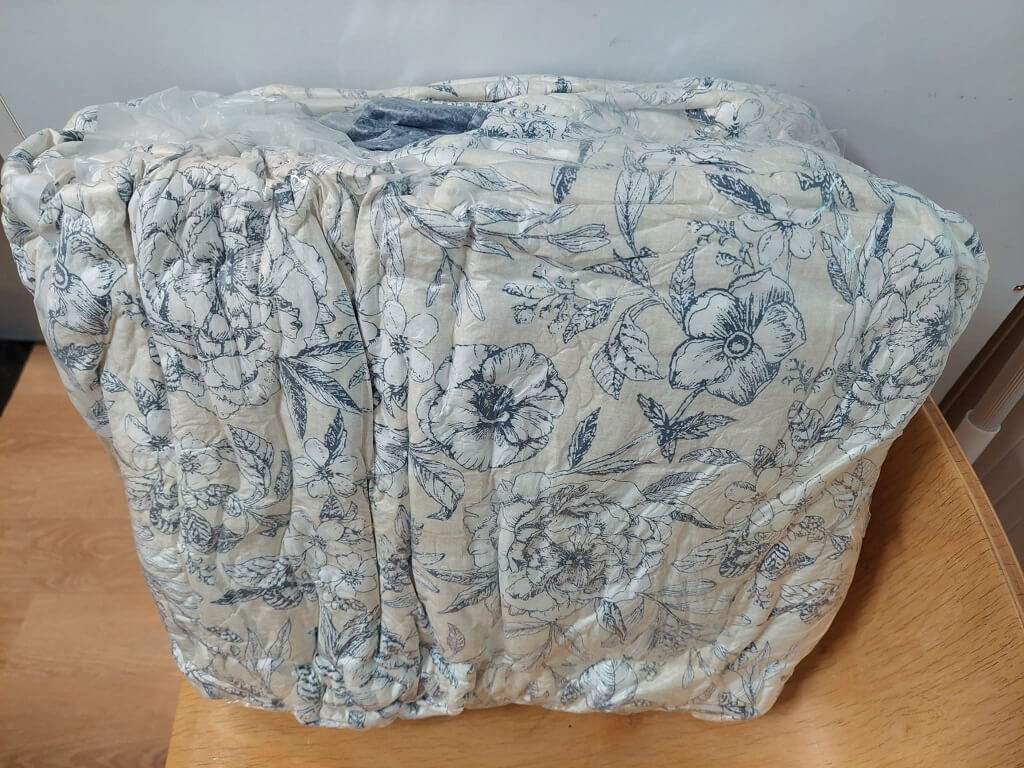
10. Check Out My Detailed South Korea Itinerary!
Discover the wonders of South Korea with these essential tips in mind, and you’ll undoubtedly create cherished memories of this enchanting destination. To make the most of your journey, check out my detailed South Korea itinerary post. From exploring ancient palaces to savoring delectable street food, this comprehensive itinerary will guide you every step of the way. Happy travels!
